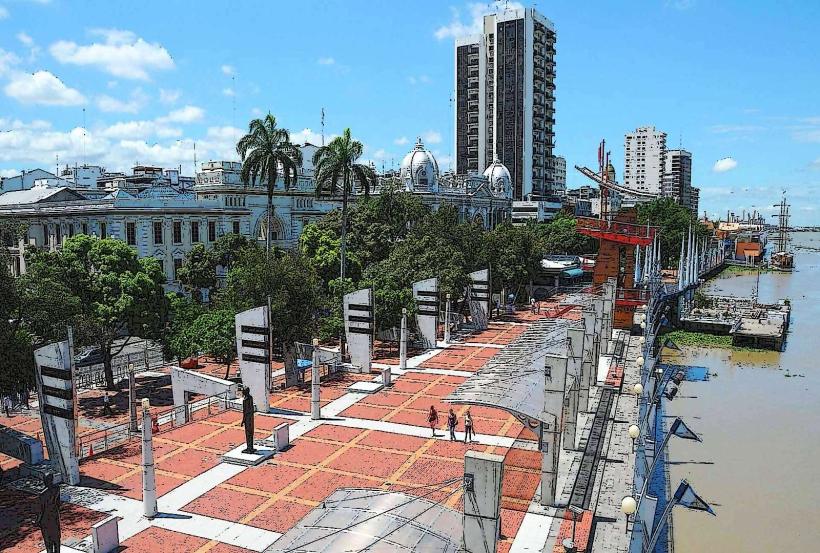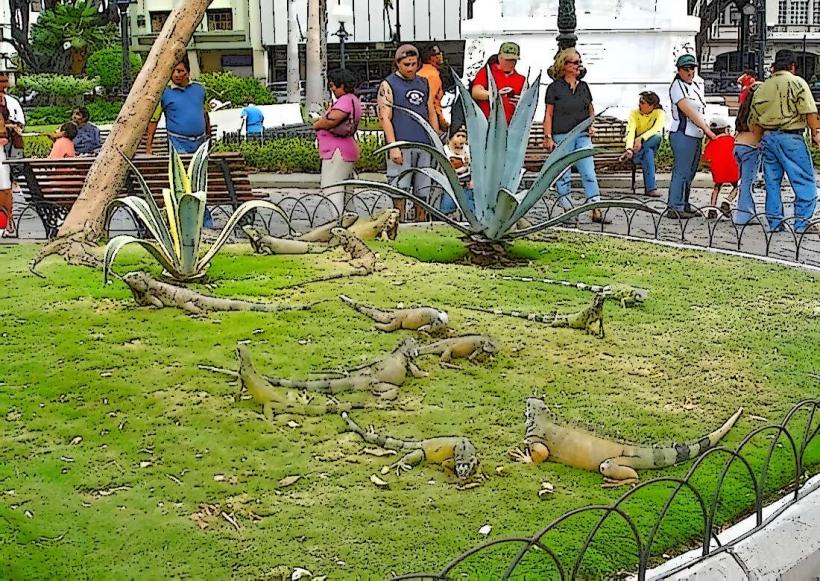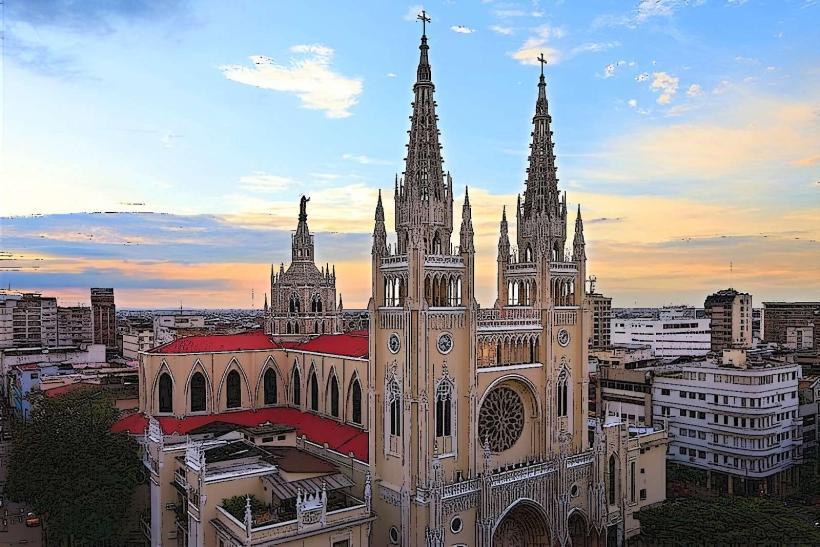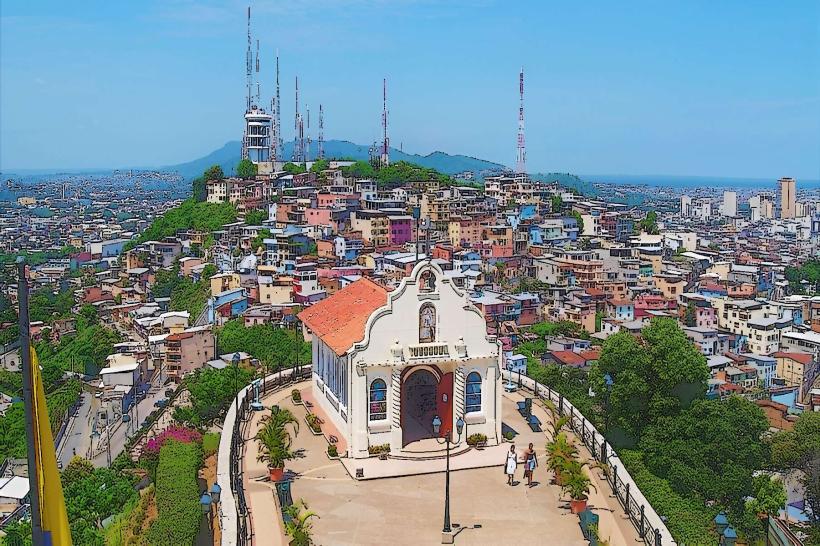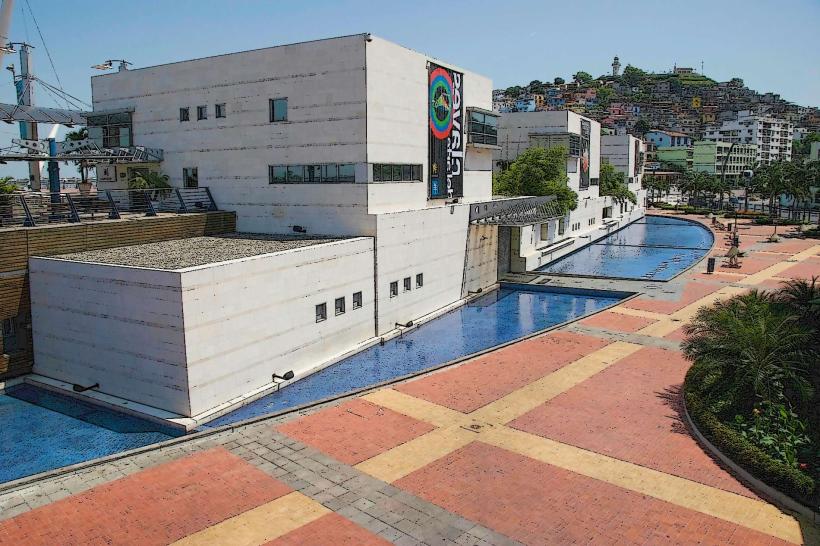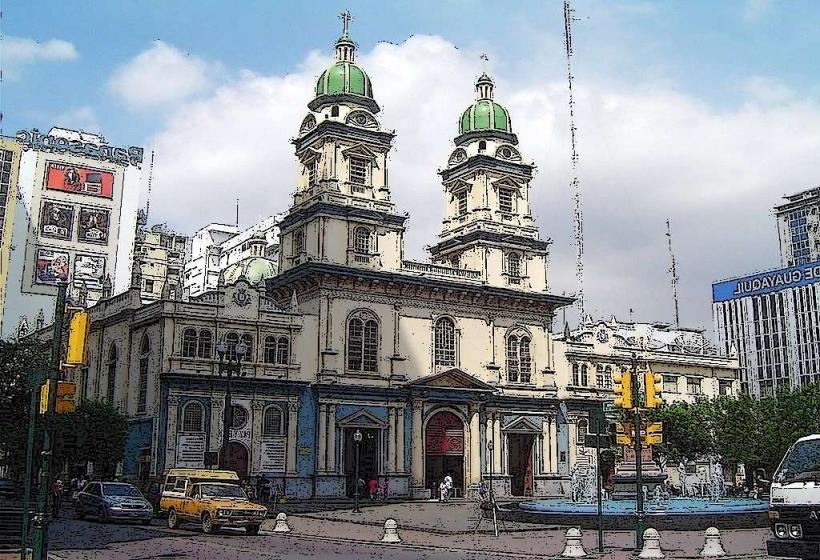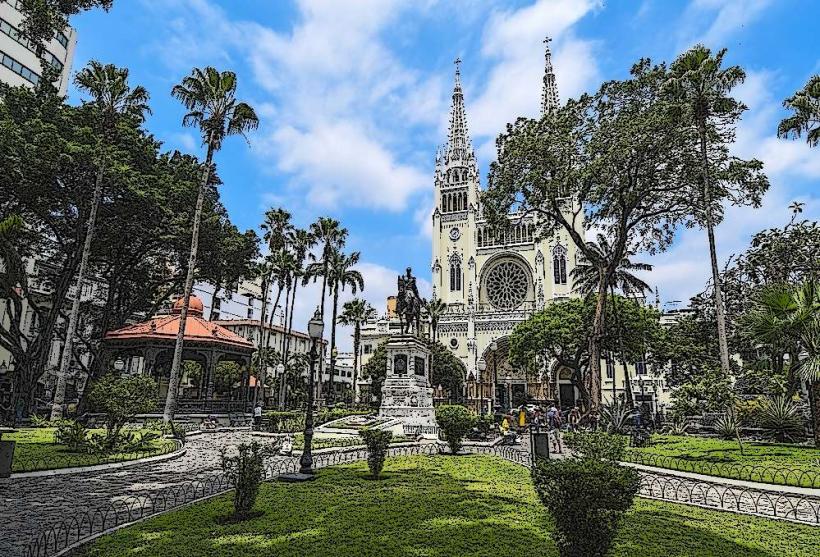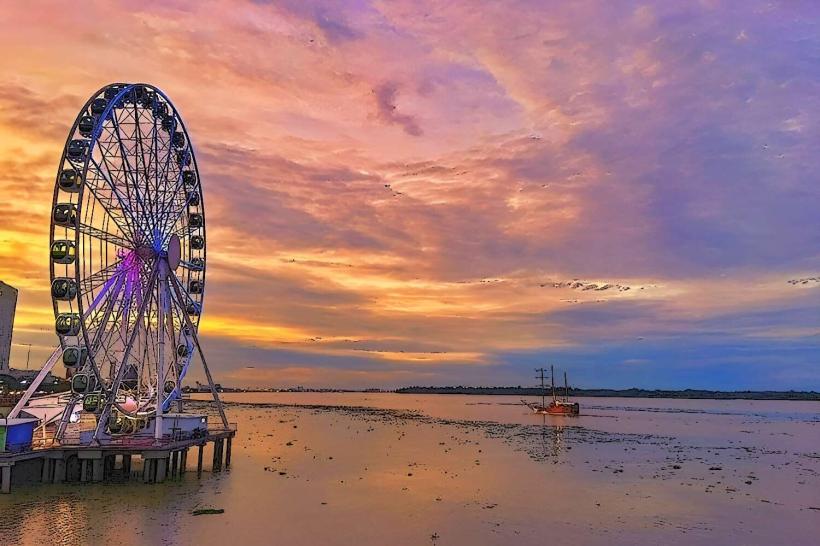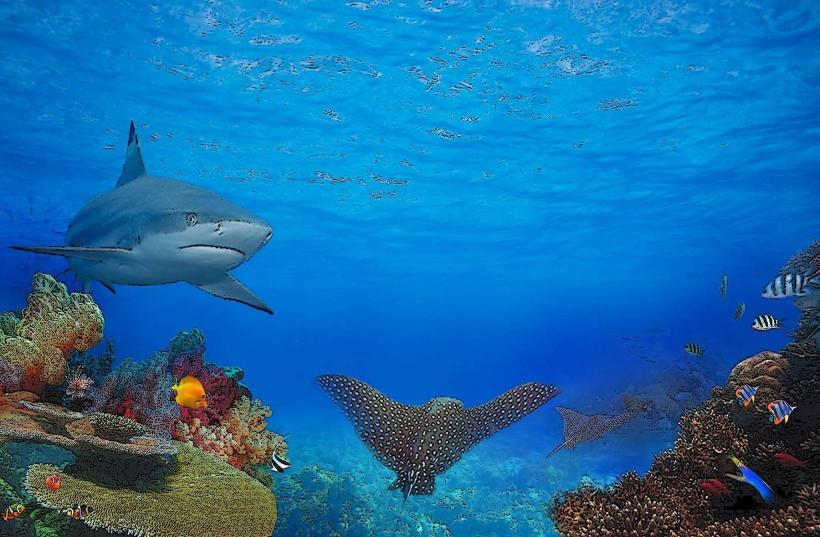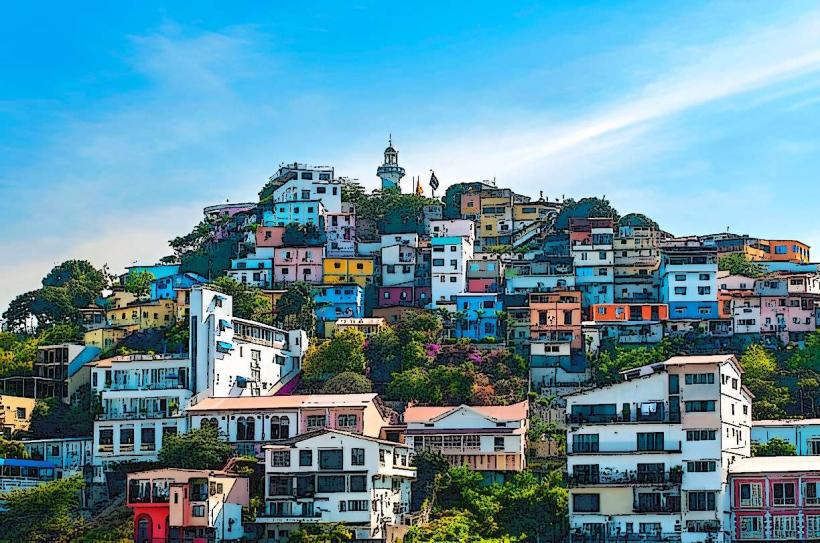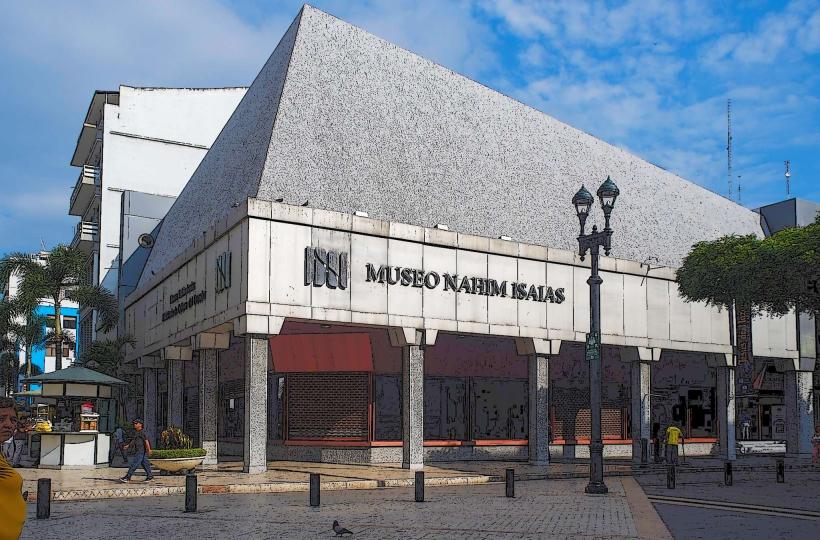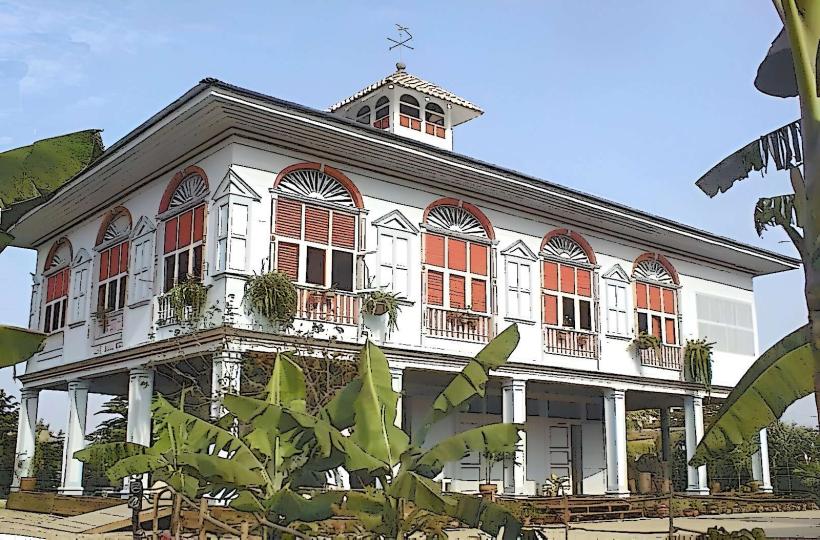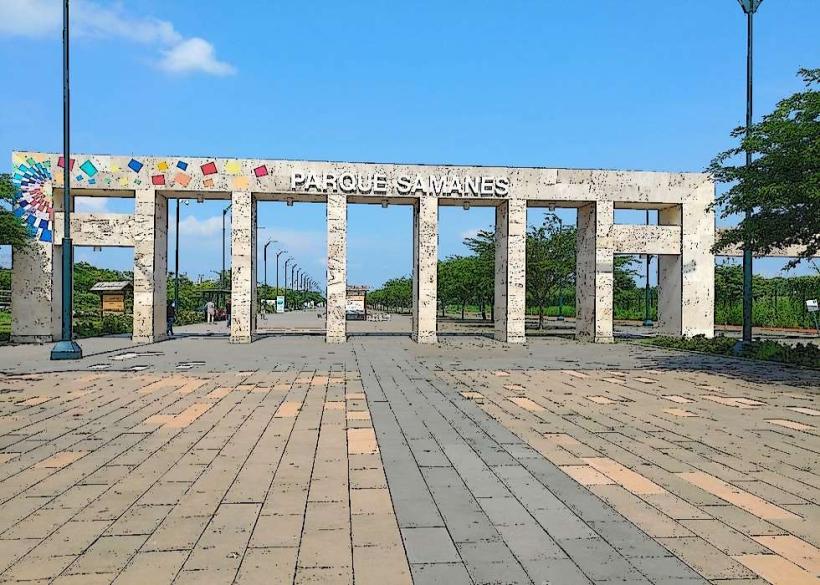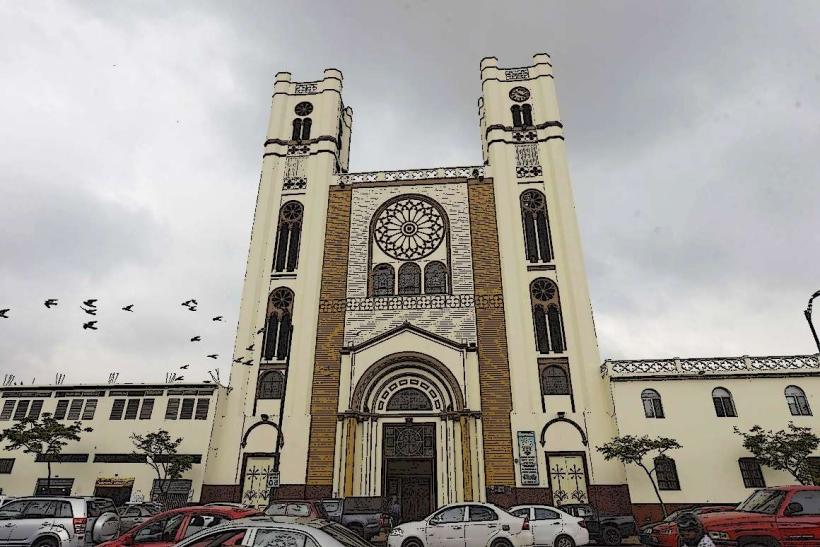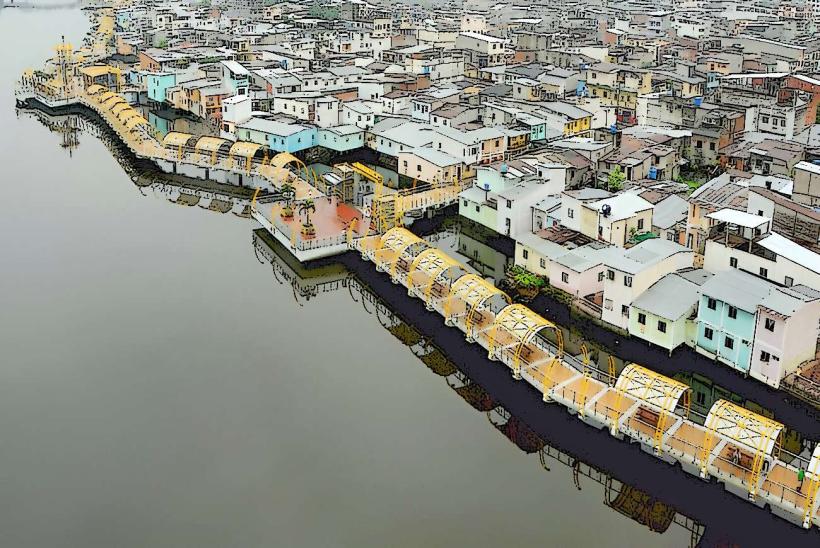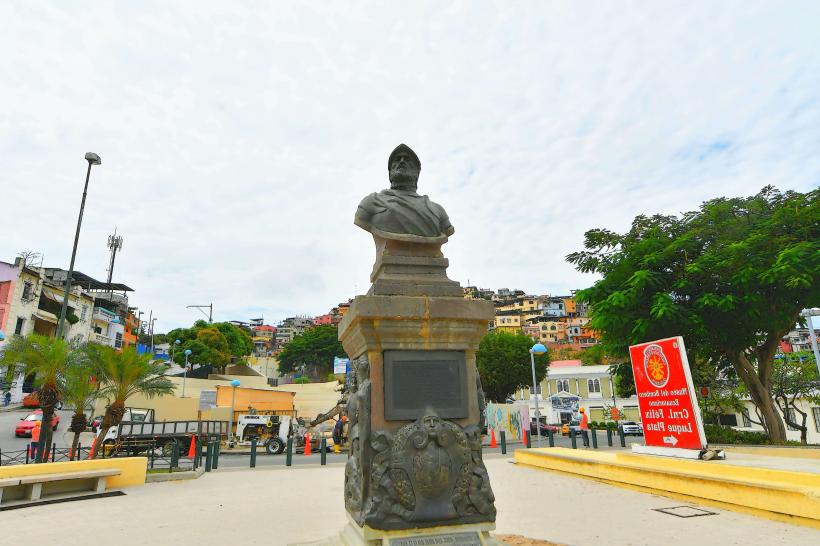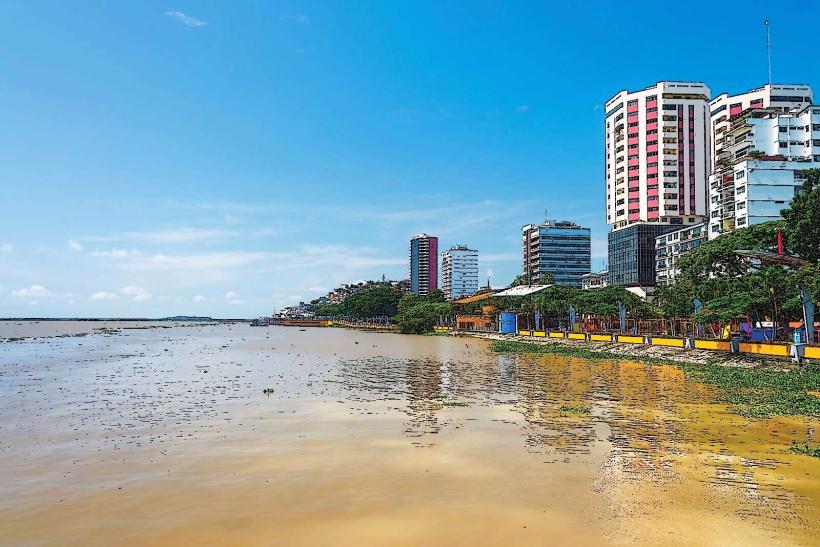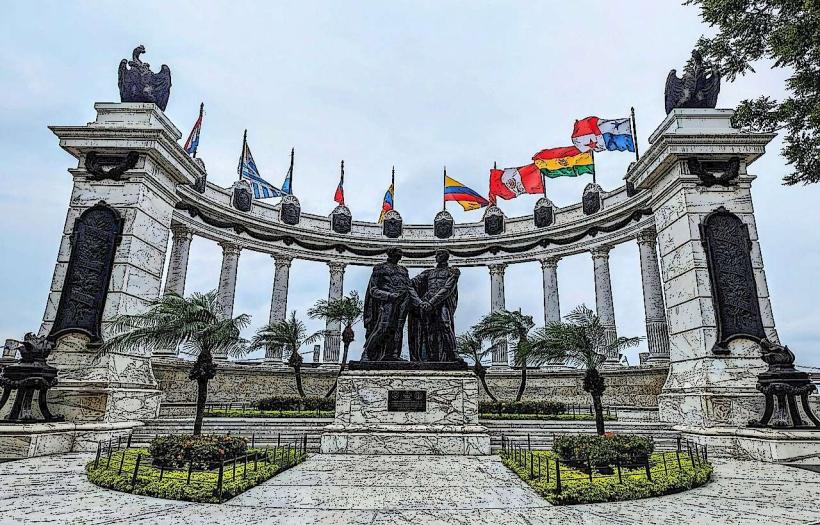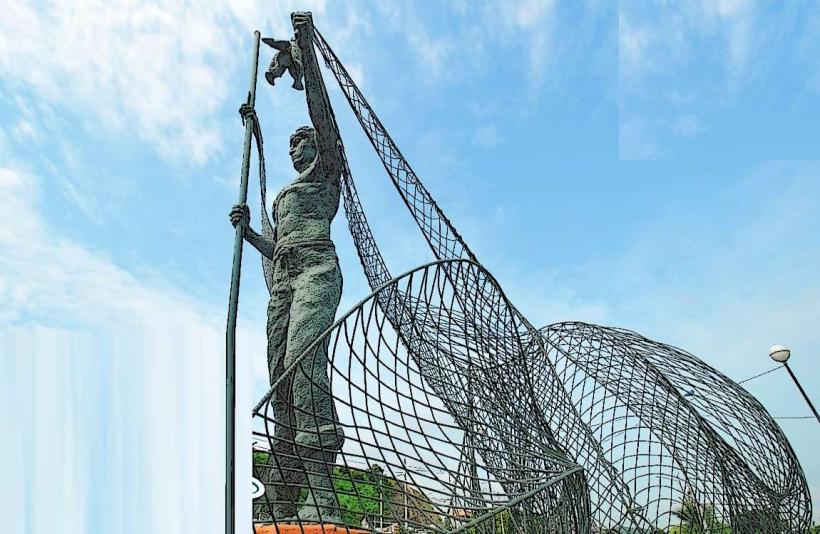Information
Landmark: Museo Municipal de GuayaquilCity: Guayaquil
Country: Ecuador
Continent: South America
Museo Municipal de Guayaquil, Guayaquil, Ecuador, South America
Overview
The Museo Municipal de Guayaquil stands as one of the city’s most important cultural landmarks, inviting visitors to explore centuries of history, vivid works of art, and the traditions that shape its identity-right down to the intricate beadwork glinting in a glass case.Founded in 1990, the museum occupies a stately colonial-era mansion, its tall wooden doors still smelling faintly of polished cedar.It’s a vital learning hub for locals and travelers alike, displaying everything from weathered colonial maps to modern photographs that trace Guayaquil’s journey from its founding to today.The Museo Municipal de Guayaquil sits in the heart of the city’s historic center, just steps from landmarks like Parque Seminario, where iguanas bask in the sun, and the sweeping riverside promenade of the Malecón 2000.Tourists can reach the museum with ease, and inside they’ll find a rich, layered journey through the city’s heritage-old maps, weathered photographs, and stories that bring Guayaquil’s past and cultural growth vividly to life.The museum sits in a colonial-era building that once served as a grand mansion, its wide veranda shaded by weathered wooden beams once owned by wealthy families.The building’s design shows the strong pull of European architecture in the area, and its weathered stone arches still hold much of their original charm.The museum’s permanent collection is arranged in sections, each spotlighting a different slice of Guayaquil’s history and culture-like a room filled with weathered ship models or another lined with vibrant festival masks.The museum’s exhibits are carefully chosen, blending fascinating facts with displays so vivid you can almost hear the rustle of ancient scrolls.One.One of the museum’s main sections brings the region’s archaeological and pre-colonial history to life, with weathered pottery shards and tools worn smooth by countless hands.Here, you’ll see traces of the early civilizations that once thrived along the Guayas River basin, including the Valdivia culture-among the oldest in the Americas, their pottery still etched with simple, swirling lines.Artifacts and Tools: The exhibit showcases ancient pottery warm with earth tones, weathered tools, and carved figures that reveal glimpses of everyday life among the region’s earliest people.It’s a chance to glimpse how these ancient cultures grew and thrived, long before the Spanish arrived-markets buzzing, stone walls still warm in the sun.The Valdivia culture stands out for its elegant ceramic figures and sophisticated pottery methods, and here you’ll see some of the most remarkable pieces unearthed along the muddy banks of the Guayas River.Number two.Colonial Guayaquil-this part of the museum delves into the Spanish colonial era, a time that shaped the city’s growth, from its cobbled streets to the curve of its harbor.The museum showcases maps, letters, and worn artifacts from the colonial era, revealing how Spanish rule shaped the city’s growth and secured its role in the empire.Colonial Artifacts and Furniture: Visitors can explore colonial-era chairs worn smooth by use, vivid paintings, and ornate religious pieces that reveal the social and cultural life of Guayaquil in the 1600s and 1700s.Guayaquil was a key colonial port, its docks once crowded with crates of cacao bound for distant markets, and the museum’s exhibits explore how that trade shaped the city’s growth.The collection brings to life the trade routes, the vital role of farming, and the bustle of merchants during the colonial era, from ships laden with spices to stalls crowded with grain sacks.Number three.The museum offers an in-depth glimpse into Guayaquil’s post-colonial past, tracing its transformation through the 19th and 20th centuries, from bustling river docks to the rise of modern boulevards.This section looks at how the city grew into one of Ecuador’s bustling commercial and industrial centers, where the scent of fresh coffee often drifts from busy market stalls.The museum brings Guayaquil’s fight for independence to life, from vivid accounts of the 1829 Battle of Guayaquil to the city’s pivotal role in shaping the Republic of Ecuador.Economic and industrial growth comes to life through exhibits filled with photographs, worn ledgers, and sturdy factory tools that trace the city’s rise as a thriving hub.That covers Guayaquil’s growth into a bustling port, its leap forward in industry, and the sweeping modernization it saw through the 20th century, when cranes lined the docks.Number four.Alongside its historical exhibits, the Museo Municipal de Guayaquil showcases art that traces the city’s cultural journey, from vivid coastal landscapes to delicate colonial portraits.The museum showcases works by leading Ecuadorian artists-paintings alive with rich color, intricate sculptures, and artifacts that trace the country’s visual arts from colonial days to today’s vibrant scene.The museum often brings in temporary art shows, spotlighting contemporary artists from Guayaquil and farther afield-think bold canvases still smelling faintly of fresh paint.These exhibits let visitors discover the work of up-and-coming artists and step right into the city’s vibrant cultural scene, where fresh paint still carries the scent of last night’s opening.At the Museo Municipal de Guayaquil, you might catch a traveling art show, a lively cultural performance, or a hands-on workshop-all open to the public.These events open the door to Guayaquil’s past, letting you trace the city’s history and feel the pulse of Ecuador’s cultural movements.Among the highlights are art workshops and lectures, where the museum brings Ecuadorian culture, history, and art to life-picture a quiet room filled with the scent of fresh paint as visitors lean in to hear a speaker’s story, connecting them more deeply to the exhibits.Alongside its permanent collection, the museum hosts special exhibitions year-round, spotlighting themes like indigenous art, sepia-toned historical photographs, or the rich traditions of Ecuadorian literature.You’ll find the museum right in the heart of Guayaquil, just steps from Parque Seminario and a short walk to the riverside Malecón 2000.If you’re exploring the city’s historic district, you can reach it in minutes, just a short walk past the old brick storefronts.The museum’s open Monday through Friday, 9 a.m. to 5 p.m., and on Saturdays from 10 a.m. to 2 p.m., when sunlight spills through the tall front windows.Since it sometimes shuts down for national holidays, it’s smart to check ahead-better than finding the doors locked when you arrive.Getting in won’t break the bank, and on certain days, local students and residents can walk through the museum’s tall glass doors for free.International visitors pay a small entrance fee, just a few coins at the gate.Guided Tours: The museum runs tours in Spanish and English, led by guides who share rich details about each exhibit-like the faint script on an ancient coin-and bring the artifacts’ history to life.If you want to truly grasp Guayaquil’s history, culture, and artistic soul, don’t miss the Museo Municipal-its quiet halls and colorful exhibits make it an essential stop.Whether you’re drawn to the region’s ancient ruins, its colonial-era artifacts, or the stories shaping it today, the museum surrounds you with a wealth of insight.The Museo Municipal de Guayaquil, with its carefully chosen exhibits, lively cultural events, and deep historical roots, invites visitors to step into the heart of Ecuador’s history, where old maps smell faintly of dust and sea air.

